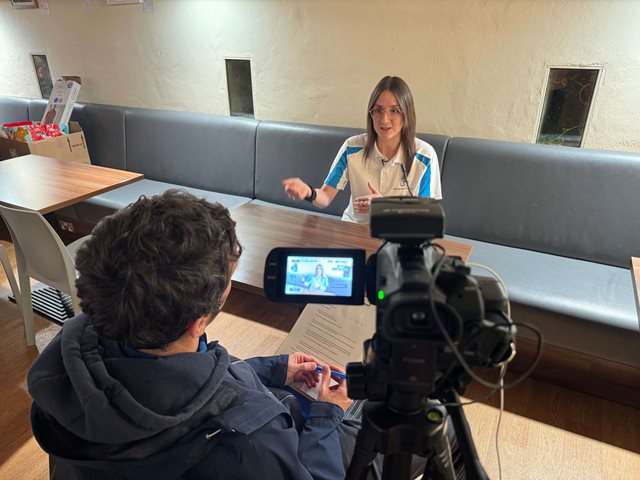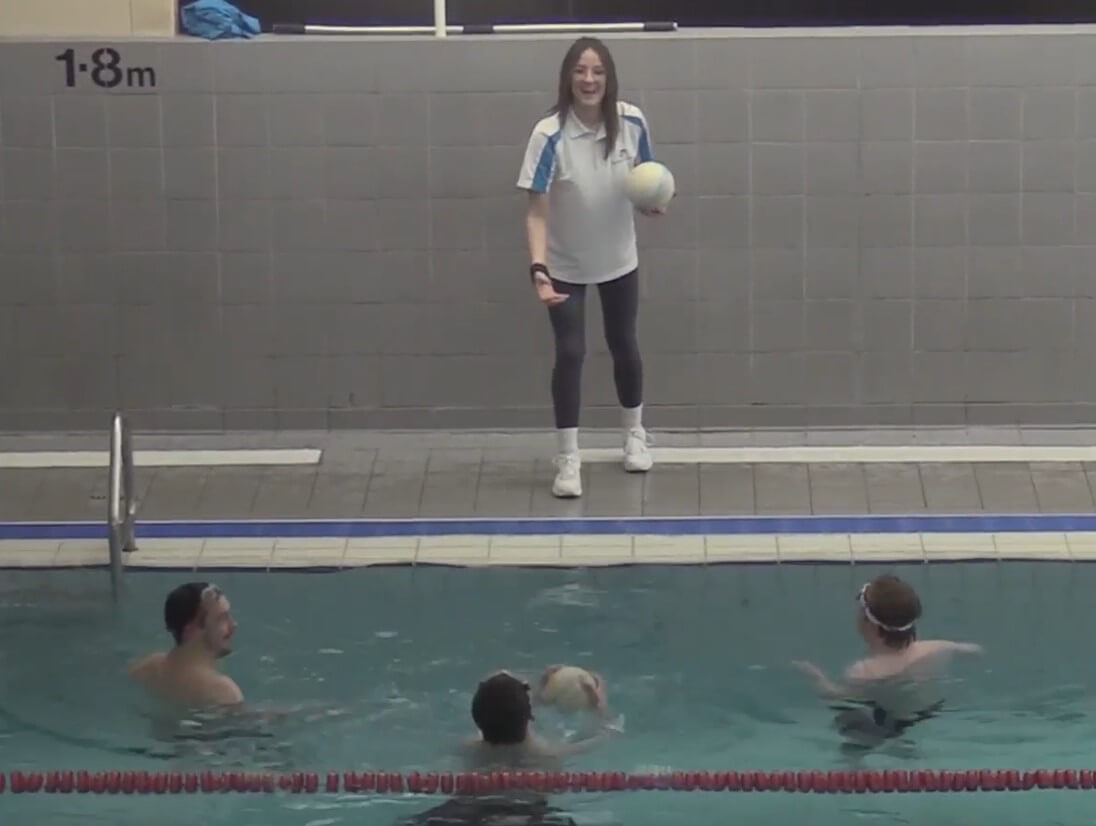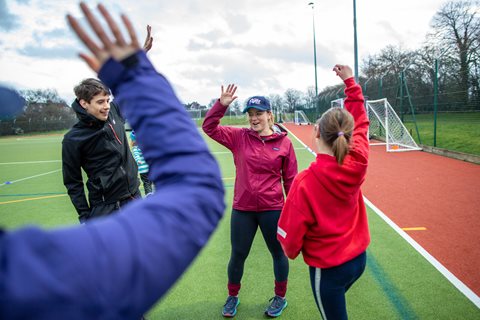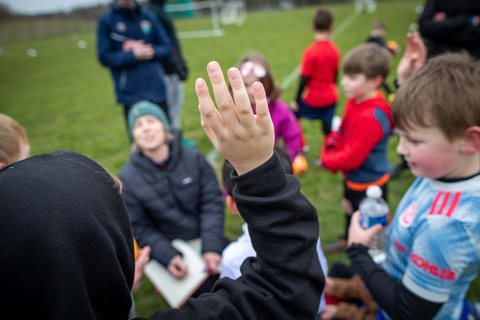Our cookies
We use essential cookies to make our website work smoothly for you. To make sure we're always improving, we'd like to use analytics to track how people use the site. We won't set non-essential cookies unless you give us permission. You can find more information about all the cookies we use in our Privacy and Cookie Policy.
Some cookies are a must for our website to function properly. If you turn off essential cookies, it may affect how you experience our site.
The non-essential cookies we use help us understand how you use our website and make improvements to enhance your experience.
Supporting Their Journey at Tadcaster Stingrays Swimming Club
Swimming Coach Jemima Browning embraces the values of voice, choice and journey at the swimming club she founded when she was a teenager.

by Ian Slattery
At Tadcaster Stingrays, a swimming club for 11–25-year-olds who have physical or learning difficulties, the swimmers’ voice is the beating heart of every session.
The varying nature of the young people’s disabilities highlights the importance of allowing each swimmers’ voice to be heard. That begins with getting to know the individuals and how they each like to communicate.
Coach Jemima Browning set up the club when she was just 15, and if the past few years have taught her anything, it’s the value in listening and discussing with the swimmers and the people around them.
In particular in the disability world, verbal communication isn’t always the way that people like to communicate,”
Jemima Browning Tadcaster Stingrays Founder & Coach
Jemima explained. “So talking to the parents, and communicating and interacting with that young person will help me work [their preferences] out.
“Tapping into how a person communicates is the first step to creating that safe space for them to communicate, it makes them feel comfortable. Just checking in with them as well – constantly checking in if it’s their first session – asking them after the session if there were things they liked.”
Getting that communication set up correctly allows the young people to express their opinions and feelings not only on the sessions, but also on their longer term plans – their journey.
Communicating with them in their best way helps to find out if their needs were met and what their plans and goals are for the future,"
Jemima Browning Tadcaster Stingrays Founder & Coach
Jemima told us. For some swimmers their journey may be built around competitions, while others may just be looking to build friendships. That’s why Jemima centres her sessions around having fun and spending time together, not having one group spend an hour in an advanced lane while others do something else.
Towards the end of every session is a swimmer-led activity that brings the wider group together and offers choices for the young people, with only one goal: fun.

Coach Jemima is playing a swimmer led game with three swimmers from Tadcaster Stingrays.
“Some of them have been developed by the swimmers – if new ideas come up, we’ll give them a go. Everyone’s mixing, building those friendships, those communication skills,” revealed Jemima.
Getting the swimmers to the point where they are ready and able to discuss things like activity ideas with the coaches isn’t a straightforward process, but Jemima’s advice is to trust the young people, engage with them, and be patient.
“One of the biggest things is recognising that young people are experts in themselves. Never assume that you know what’s best for the swimmers. Ask them what they want and need, and do everything in your power to meet those needs and create opportunities for them.”
Club Case Study: Tadcaster Stingrays

Other resources you may like...
SHARE THE MOVEMENT
Help spread the word by sharing this website with fellow coaches!



